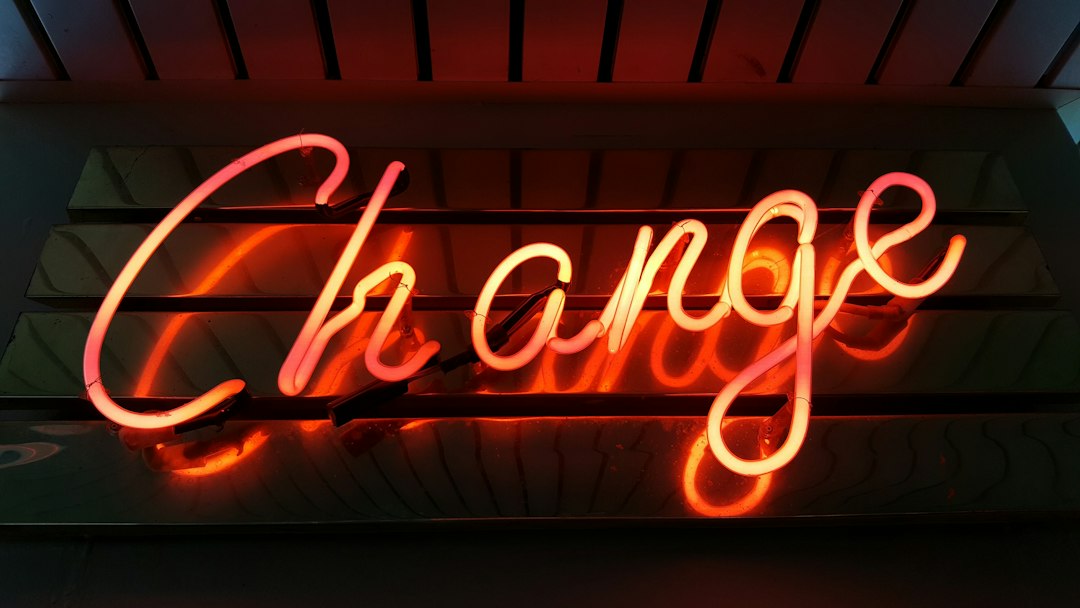What is it about?
The article talks about the current state of workforce preparedness and lessons learned during the pandemic crisis. It explores how three major players- higher educational institutions, corporate training and universities, and educational technologies- need to change to prepare better workers to face the future of work.
Featured Image

Photo by Jerry Zhang on Unsplash
Why is it important?
As COVID-19 ravaged the world, it speeded up the phenomenon of the future of work. It also laid bare how unprepared we were to get our workforce ready to pivot and migrate to the new world of work. This article examines the key issues on workforce preparedness that we are seeing during the pandemic crisis and recommends a way forward. It urges for a new playbook on getting workers' future-ready and suggests ways of doing that.
Perspectives
As a former Chief Learning Officer, and Chief Human Resources officer of a major company (GE) and now a Doctoral student and teacher, I have had the unique advantage of looking at higher education through different lenses. My colleague, Keith Keating and I bring our experience and expertise to develop our arguments to make them useful for both practitioners and academicians alike.
Raghu Krishnamoorthy
University of Pennsylvania
Read the Original
This page is a summary of: Education Crisis, Workforce Preparedness, and COVID‐19: Reflections and Recommendations, American Journal of Economics and Sociology, January 2021, Wiley,
DOI: 10.1111/ajes.12376.
You can read the full text:
Contributors
The following have contributed to this page










